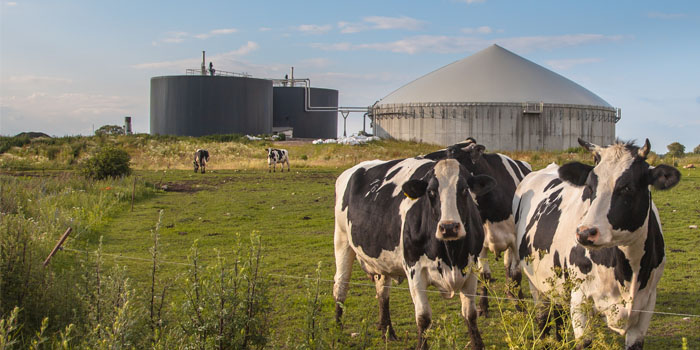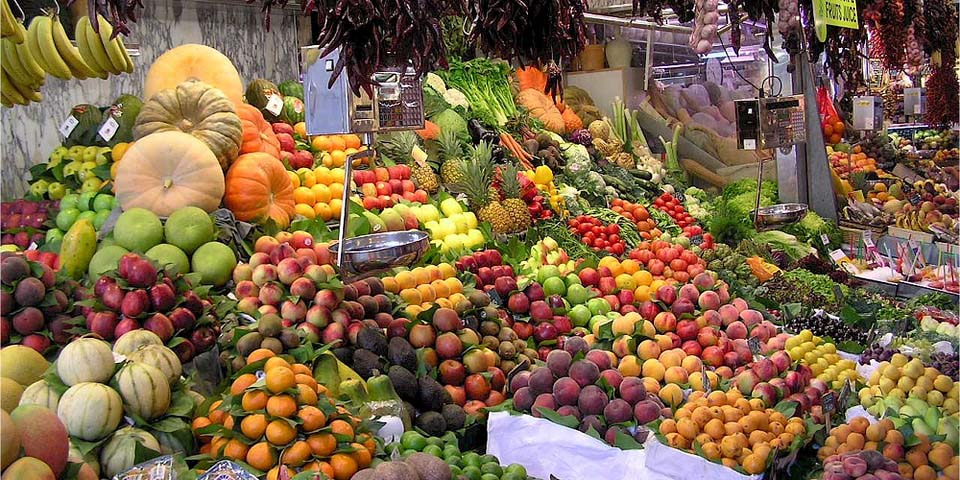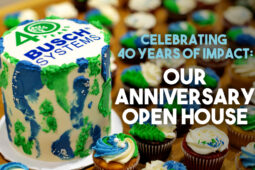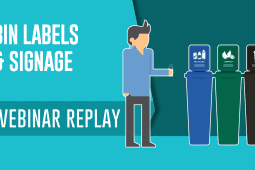You may or may not have heard of Anaerobic Digestion (AD). For those of you that have, kudos on your knowledge of green energy alternatives. For those of you who haven’t, it’s ok, that’s why you’re here.
Anaerobic Digestion may sound like working out on a full stomach (never a good idea) but it’s actually a process where organic materials are placed in an enclosed vessel and are then broken down by micro-organisms. Biogas consisting mostly of methane and carbon dioxide is then released from the material as it is composted.
This biogas, depending on the system, can be combusted to run a generator which produces electricity and heat, used for fuel in furnace or boiler, or cleaned and used as a replacement for natural gas. The leftover organic matter entitled “digestate” can be used as fertilizer on crops.
There are two different kinds of Anaerobic Digestion systems:
Completely Mixed – consists of a large tank where fresh organic waste is mixed with partially digested material. Works best for digesting partially dry organic material.
Plug Flow – a system that consists of long channels in which organic waste travels along it as a plug. The plug flow system works best for organic material with a liquid consistency.

The concept is fairly new to us here in North America but these biogas systems have been around for a while in other countries. Places in Asia use biogas from biomass as fuel for various household uses like cooking while Denmark and Germany have a plethora of up to date digesters that also use biogas to make heat and electricity.
Currently there are twenty Anaerobic Digestion Systems in operation or in the construction and planning stages in the province of Ontario. The number in the United States is considerably higher with over 1600 Anaerobic Digesters operating on farms and in wastewater treatment plants. This may seem like a lot but it pales in comparison to the number of facilities (82,000) that could potentially have this green energy solution put in place.
The number of Anaerobic Digesters in Canada has the potential to grow considerably with British Columbia’s Clean Energy Act; setting a target of 93% renewable energy and organic waste from off-farm sources like restaurants having the go ahead to be streamed into digesters, considerably increasing the output of electricity from farms.
Who would have thought the future of green energy lies in food waste? Future children will finally have a comeback for not finishing all the food on their plates, “I’m not wasting food, I’m helping the environment!”
There’s no arguing with that logic.
Sources:
http://www.omafra.gov.on.ca/english/engineer/facts/biomethane.htm
https://americanbiogascouncil.org/resources/why-biogas/






